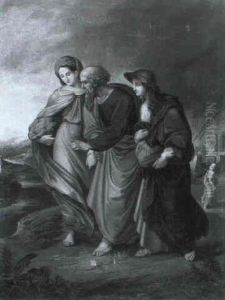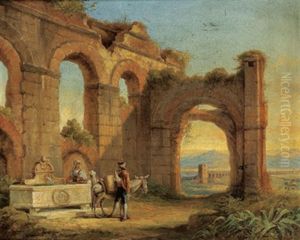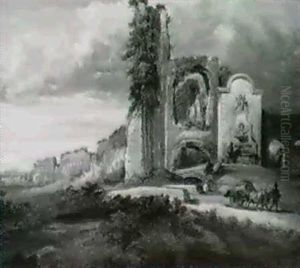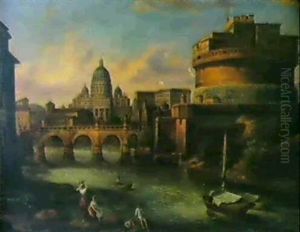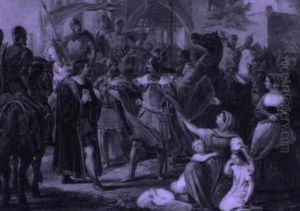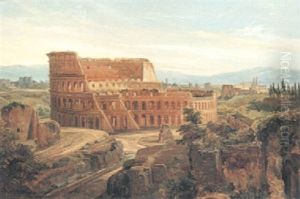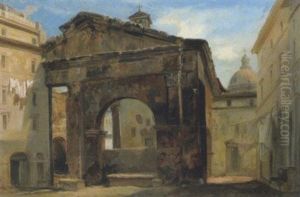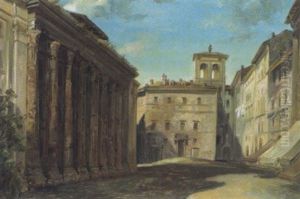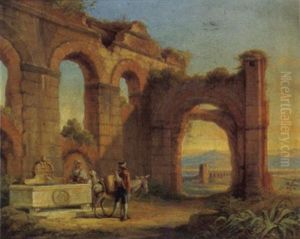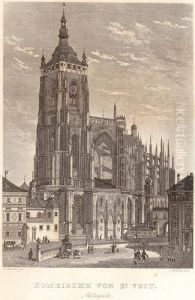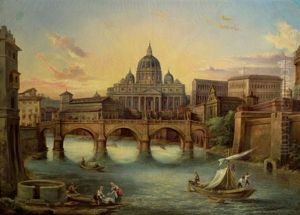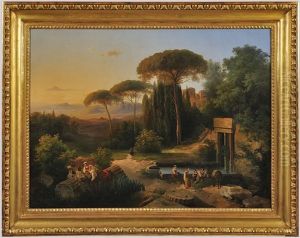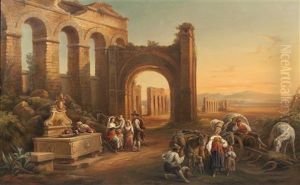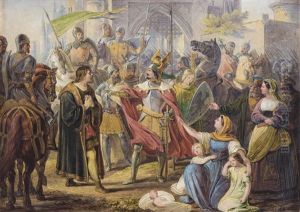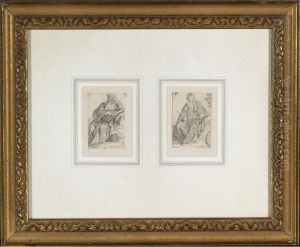Wilhelm Kandler Paintings
Wilhelm Kandler was a notable sculptor and artist of the 18th century, born in 1718 in the town of Teplice, which was then part of the Habsburg Monarchy and is now in the Czech Republic. His artistic career was primarily based in this region, which at the time was a vibrant center for the arts due to the patronage of the Habsburgs and the flourishing of Baroque sensibilities across Europe.
Kandler's work is typically associated with the late-Baroque and Rococo styles, which were characterized by elaborate ornamentation, dynamic movement, and a sense of drama. His sculptures often featured religious and mythological subjects, designed for churches, public buildings, and the aristocracy. He was known for his skillful handling of marble and other materials, as well as his ability to capture the emotional intensity and the dynamic forms typical of the period.
Throughout his career, Wilhelm Kandler received numerous commissions that allowed him to create some of the most memorable works of the era. His sculptures and decorative works adorn many buildings and churches, serving as testament to his artistic legacy. Despite his notoriety in the 18th century, Kandler's name is not as widely recognized today as some of his contemporaries. Nonetheless, he remains an important figure in the history of Central European art, contributing significantly to the cultural landscape of his time.
Wilhelm Kandler died in 1785, leaving behind a body of work that continues to be studied and admired for its craftsmanship and historical value. Unfortunately, like many artists of the era, detailed records of his life and career are not as comprehensive as modern historians might wish, which sometimes makes it challenging to piece together a complete narrative of his life. Nevertheless, the existing works of Kandler offer a glimpse into the rich artistic traditions of the 18th century and the enduring appeal of the Baroque and Rococo styles.
